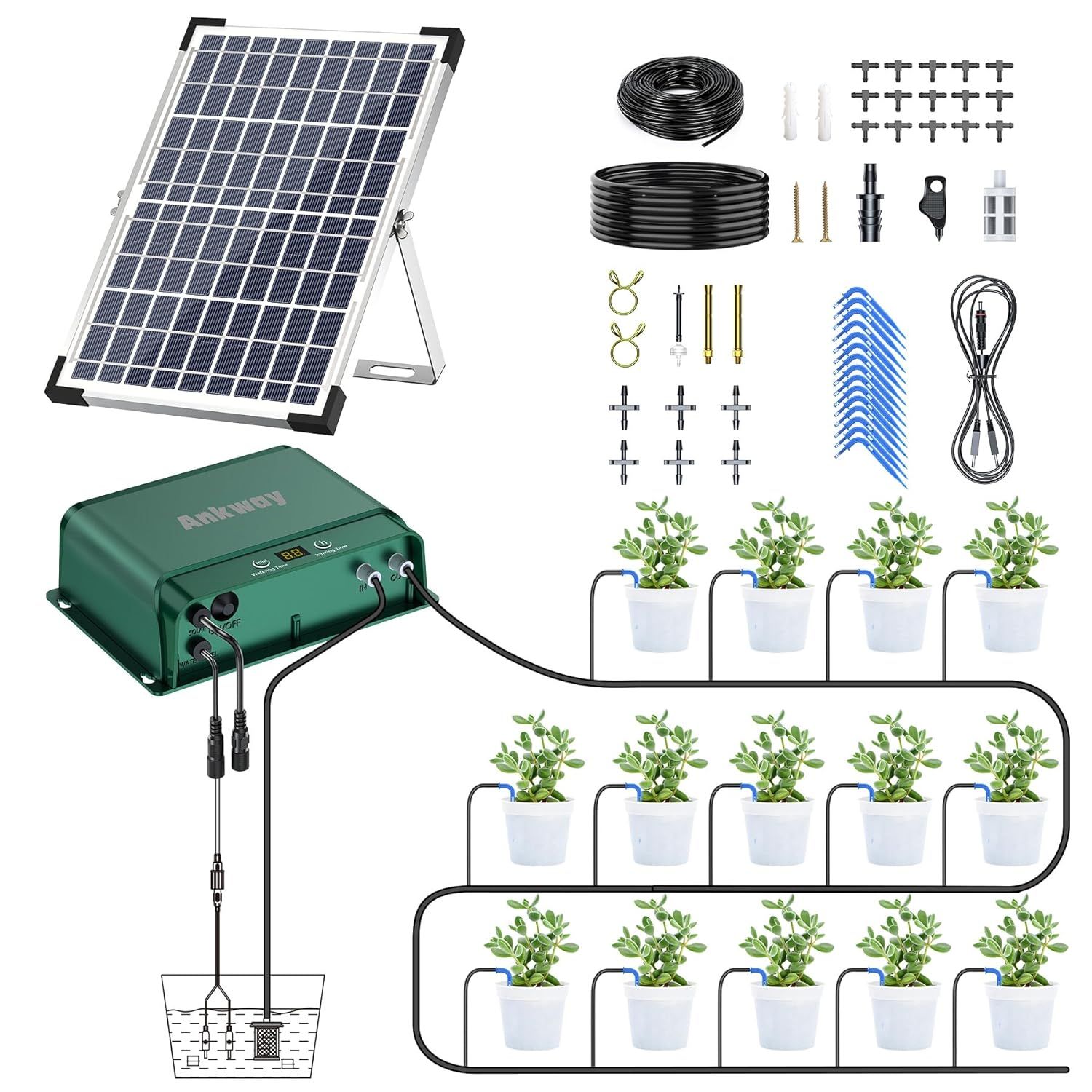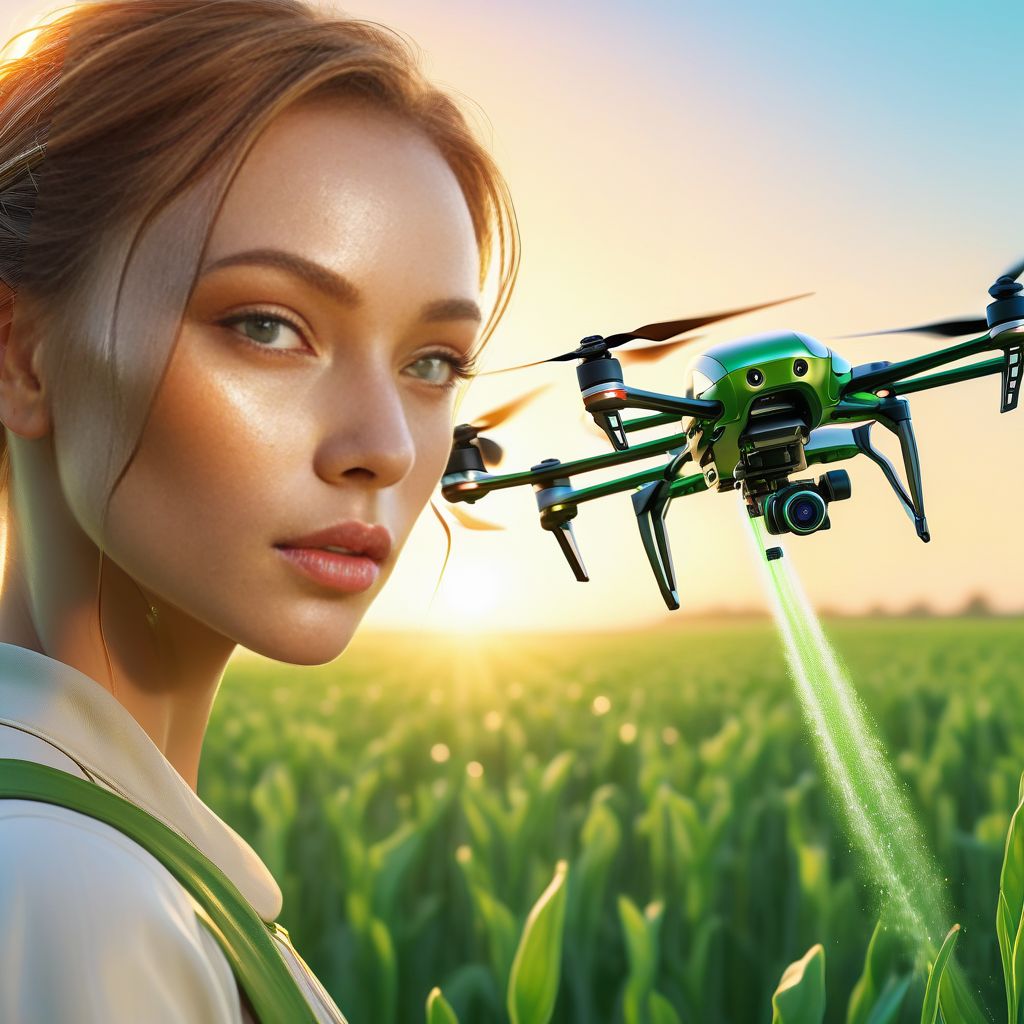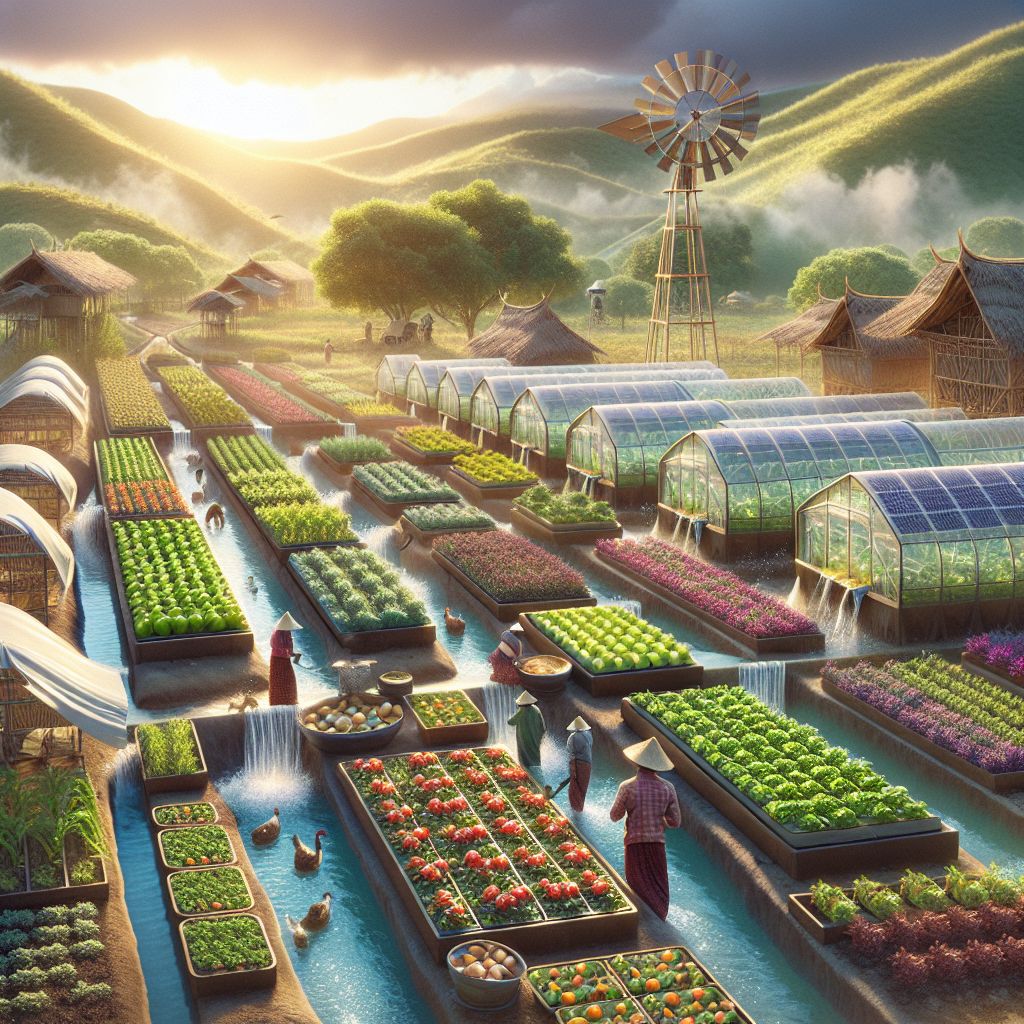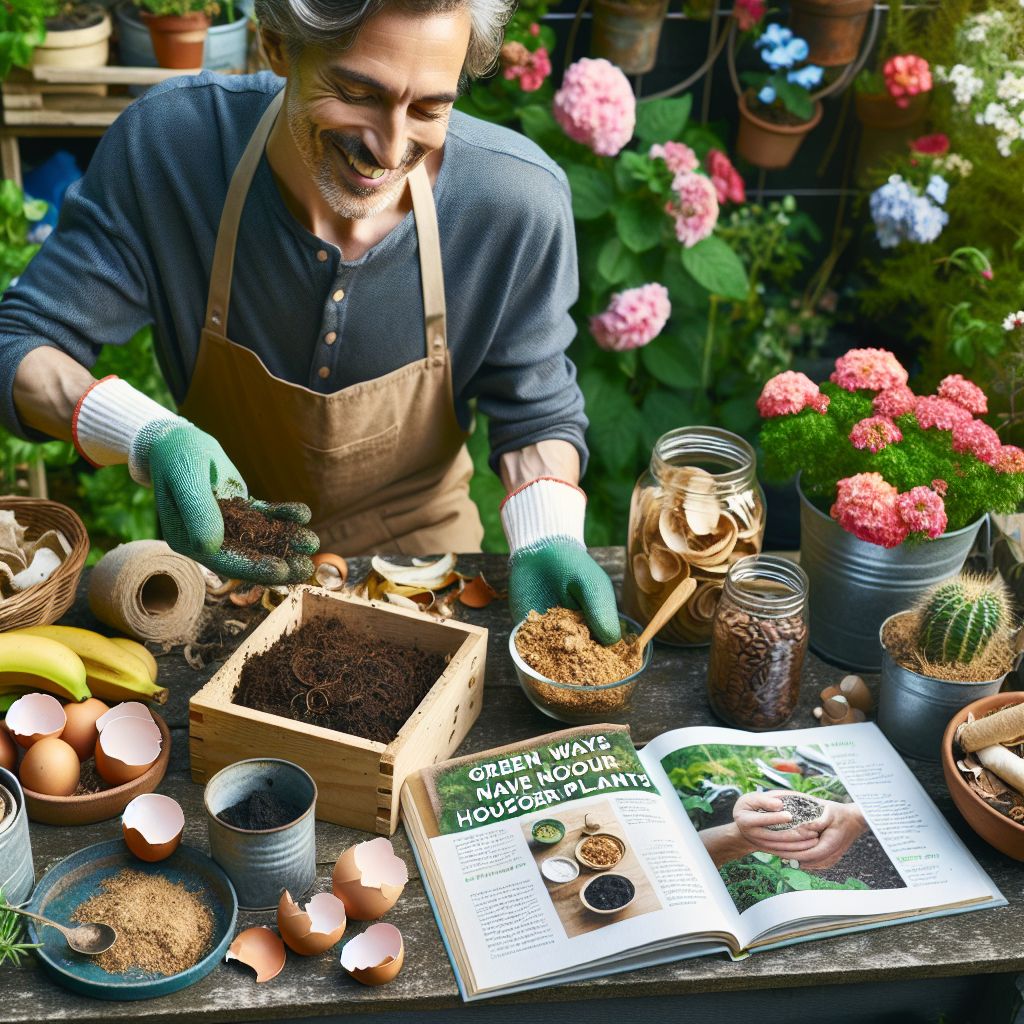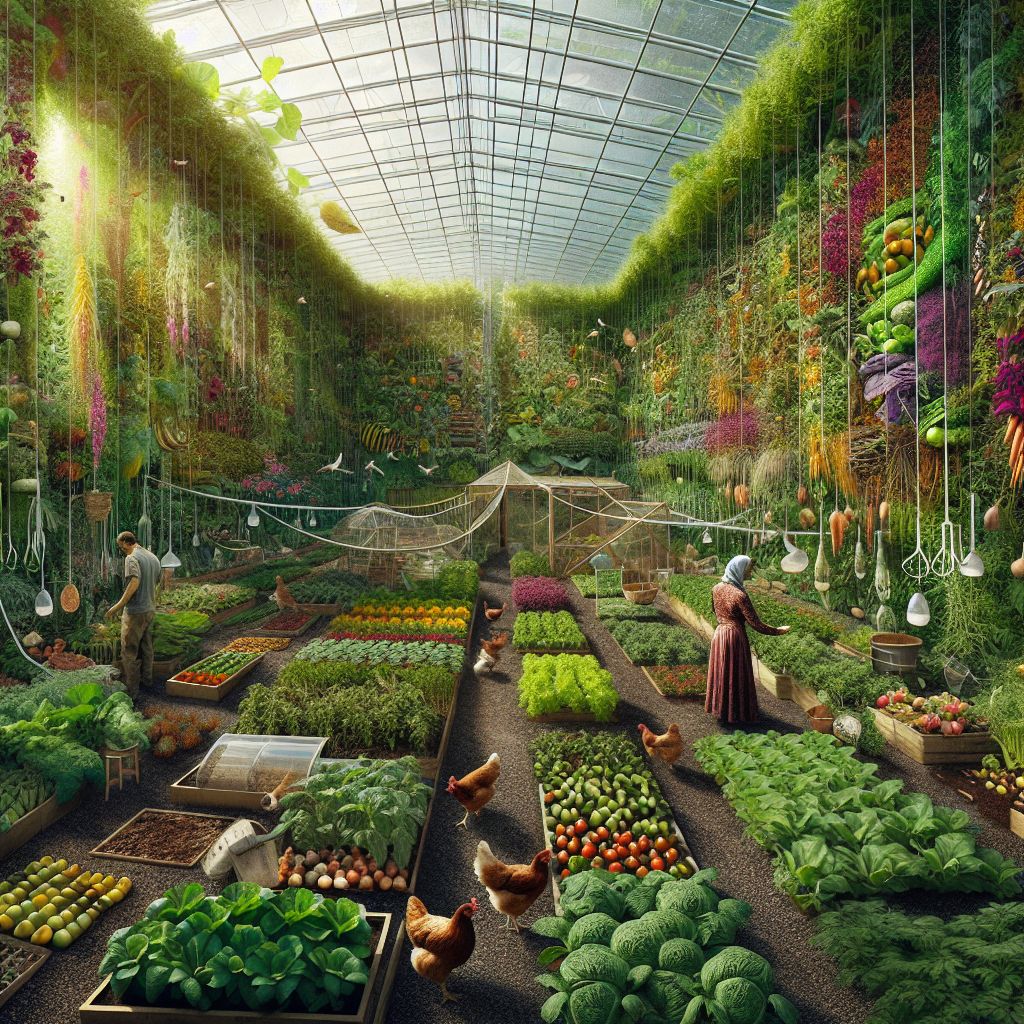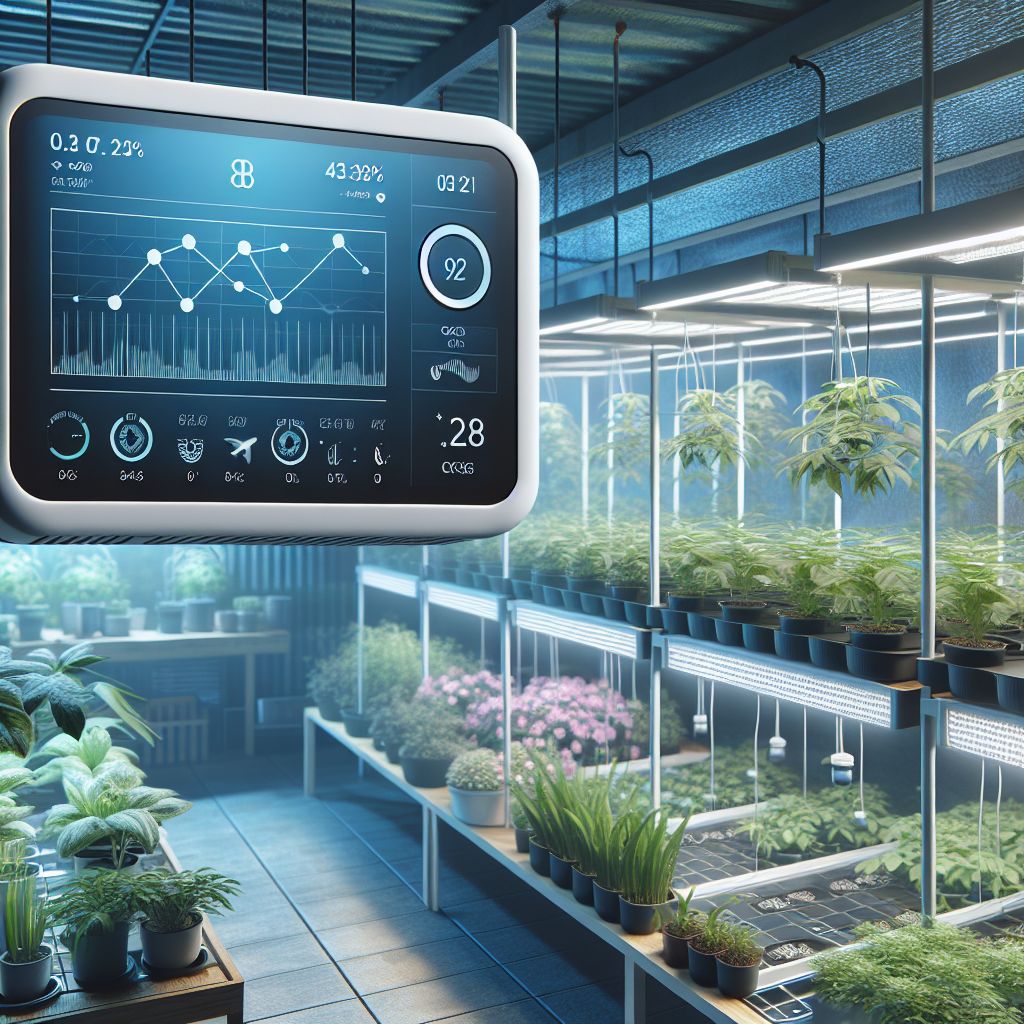Key Takeaways
- Smart Greenhouse IoT Solutions are used to monitor and control the growing environment, leading to better crop yields and resource conservation.
- IoT devices in greenhouses can track temperature, humidity, light, and soil conditions, allowing for precise adjustments.
- Investing in smart greenhouse technology can significantly reduce water usage and energy costs, promoting sustainable farming.
- Automation in smart greenhouses not only saves time but also reduces the need for manual labor, making operations more efficient.
- By sharing knowledge about these advanced technologies, we can inspire communities to adopt sustainable farming practices.
Gearing Up for Green: The Smart Greenhouse Revolution
Greenhouses have always been an essential part of agriculture, providing a controlled environment for plant growth. But with the advent of IoT technology, these glass havens are getting a significant upgrade. The integration of IoT devices and sensors has given rise to the smart greenhouse – a more efficient, productive, and sustainable way to grow crops.
What is a Smart Greenhouse?
A smart greenhouse is a self-regulating, micro-climate-controlled environment designed to optimize plant growth and soil conditions. It’s equipped with various sensors that monitor factors like temperature, humidity, light intensity, and soil moisture. These sensors feed data back to a central system that adjusts the greenhouse’s conditions in real-time, ensuring that plants get exactly what they need to thrive.
Why IoT is a Game-Changer for Modern Agriculture
IoT has transformed the traditional farming landscape by introducing precision agriculture. With IoT, farmers can now monitor and control their crops with an unprecedented level of detail and from anywhere in the world. This technology not only saves time and resources but also opens up new possibilities for data analysis and optimization of growing conditions, which is crucial in the face of changing climate patterns.
Growing Smarts: Cultivating Knowledge of IoT Solutions
Imagine walking into a greenhouse where the plants are thriving, the air is just right, and every drop of water is used with purpose. This is the reality of a smart greenhouse – a place where technology and nature work hand in hand to create the perfect growing conditions. It’s not just about the future, it’s happening right now, and it’s transforming agriculture as we know it.
Staying Informed on the Latest Greenhouse Innovations
It’s crucial to stay informed, because when it comes to growing food, what you don’t know can affect your entire harvest. Smart greenhouse IoT solutions are at the forefront of this revolution, and understanding them is key to unlocking their full potential.
These are some of the Latest Greenhouse Innovations:
- Wireless Sensors

- Real-time monitoring of indoor conditions
- Automates data collection for optimal environment control
- Self-Sufficient Irrigation Systems

- Recycles water and nutrients efficiently
- Ensures consistent water supply with minimal waste
- Artificial Intelligence for Data Collection
- AI for crop management and weather predictions
- Provides insights for proactive decision-making
- Transparent Infrared Solar Panels
- Efficient solar energy harvesting for greenhouse operations
- Allows visible light while capturing UV and IR light for energy
- Robotic Pollination
- Inspects plants, pollinates, and tracks growth
- Enhances precision and efficiency in pollination processes
- Seawater Greenhouses
- Uses seawater and sunlight to address water scarcity
- Regulates temperature through unique desalination method
Training and Educational Resources for Greenhouse IoT
If you’re looking to dive into the world of smart greenhouses, there’s a wealth of resources available. From online courses to hands-on workshops, it’s important to find the right fit for your learning style and your farm’s needs. Because, when you’re equipped with knowledge, you’re empowered to make smarter decisions for your crops and your community.
Building the Brain of Your Greenhouse
At the heart of every smart greenhouse is a network of sensors and devices, all connected to a central system – the brain. This is where the magic happens. Data is collected, analyzed, and used to make real-time decisions that affect the life of your plants.
Choosing the Right Sensors for Your Crops
Every plant has its own needs, and it’s important to match those needs with the right sensors. Whether you’re growing delicate orchids or hearty tomatoes, there’s a sensor that can help you keep an eye on the specific conditions your plants crave.
Automated Systems: Watering, Climate Control, and Beyond
Automation is a game-changer in smart greenhouses. Imagine systems that water your plants just the right amount, control the temperature to a fraction of a degree, and even adjust the lighting based on the time of day or the stage of growth. This isn’t just convenient, it’s a way to ensure your plants get exactly what they need, when they need it.
Connectivity and Data Management
With all these sensors and systems in place, connectivity is key. Your smart greenhouse needs to be able to send and receive data seamlessly. This is where IoT comes in, creating a network that keeps everything connected and communicating. And with the right data management tools, you can turn that stream of information into actionable insights that drive growth – both for your plants and your business.
The Harvest of Technology: Benefits of Smart Greenhouses
The benefits of smart greenhouses are manifold. They allow for greater control over the growing environment, leading to higher quality crops and increased yields. Moreover, the precision of IoT technology helps conserve resources such as water and energy, aligning with sustainable agriculture principles.
Most importantly, smart greenhouses can provide consistent crop production year-round, which is vital for food security. They can also protect plants from extreme weather conditions, pests, and diseases, reducing the need for chemical pesticides and contributing to an eco-friendly farming approach.
Boosting Crop Yields with Data-Driven Decisions
One of the most significant advantages of smart greenhouses is the ability to make data-driven decisions. By analyzing the data collected from sensors, farmers can understand the precise needs of their crops and adjust the environment accordingly. This can lead to increased crop yields and a higher return on investment.
Minimizing Environmental Footprint and Resource Waste
Smart greenhouses are at the forefront of sustainable farming practices. By optimizing the use of water and energy, these advanced systems minimize waste and reduce the environmental footprint of agricultural operations. This not only saves costs but also supports the health of our planet.
Year-Round Cultivation and Weather Resilience
With a smart greenhouse, the growing season never has to end. These structures are designed to withstand external weather conditions, allowing for the cultivation of crops throughout the year. This resilience not only ensures a constant food supply but also stabilizes market prices and provides growers with a more predictable income.
From Seed to Success
Implementing smart greenhouse technology is not just about installing high-tech equipment, it’s about nurturing plants from seed to harvest with the utmost care and precision. Let’s take a look at how this technology can enhance productivity for specific types of crops.
Enhancing Tomato Productivity
Tomatoes are a staple in many greenhouses, and IoT solutions can significantly improve their productivity. For example, by monitoring the soil’s moisture levels, a smart greenhouse can ensure that tomato plants receive the ideal amount of water. This precise irrigation can lead to a more robust and flavorful harvest.
Smart Tech in Flower Cultivation
Consider the delicate nature of growing flowers like roses or orchids. Smart greenhouses can adjust humidity levels to prevent mold growth, control temperature to speed up or slow down flowering, and even mimic the ideal day-night cycles for specific plant species. This level of control can result in healthier, more beautiful blooms that are sure to stand out in any market.
And it’s not just about the high-value crops. Smart greenhouses can also make it easier to grow a wide variety of plants, providing opportunities for farmers to diversify their offerings.
10 Easiest Crops to Grow in a Greenhouse
- Lettuce
- Spinach
- Radishes
- Peppers
- Cucumbers
- Beans
- Herbs (like basil and parsley)
- Strawberries
- Swiss chard
- Peas
These crops are not only easy to grow but also benefit greatly from the stable conditions of a smart greenhouse.
Setting Up Your Smart Greenhouse
Setting up a smart greenhouse might seem daunting, but it’s a process that pays off in the long run. It’s about more than just planting seeds, it’s about creating an environment where plants can flourish with minimal human intervention.
The Nitty-Gritty
Let’s roll up our sleeves and get into the practicalities of setting up your smart greenhouse. It’s like putting together a puzzle, each piece, from sensors to software, plays a crucial role in creating a harmonious ecosystem for your plants.
First things first, you’ll need a clear plan. Decide on the size of your greenhouse and the types of crops you want to grow. This will determine the kind of technology and the number of sensors you’ll need. Remember, it’s not just about filling the space, it’s about creating the right environment for your plants to thrive.
Navigating Financial Investment and ROI
Investing in a smart greenhouse is just that—an investment. It’s essential to consider the upfront costs versus the long-term benefits. You’re not just buying equipment, you’re investing in a more sustainable, efficient, and productive future for your farm.
Think about the savings on water and energy, the increase in crop yields, and the potential for year-round growing. When you crunch the numbers, you’ll see that smart greenhouse technology often pays for itself within a few growing seasons, thanks to these efficiencies and savings.
Step-by-Step Installation Guide
Installing a smart greenhouse is a step-by-step process. Here’s a simplified guide to get you started:
- Layout Planning: Map out your greenhouse, including space for all equipment and plants.
- Sensor Installation: Place sensors in key areas to monitor environmental conditions.
- System Connectivity: Ensure all devices are connected and can communicate with the central system.
- Software Setup: Install the software that will collect and analyze data from your sensors.
- Testing: Before planting, test your system to make sure everything is working correctly.
- Planting: Once your system is running smoothly, you can start planting your crops.
Throughout the installation, keep your manuals handy, stay organized, and don’t rush the process. Good things take time, and a well-set-up smart greenhouse is worth the effort.
Troubleshooting Common Hurdles
As with any technology, you may hit some snags along the way. Here are some common hurdles and how to jump over them:
- Connectivity Issues: Double-check all your connections and ensure your Wi-Fi network is strong and stable.
- Sensor Accuracy: Calibrate your sensors regularly to maintain accuracy.
- Software Glitches: Keep your software updated and reach out to support if you encounter any persistent issues.
Patience and persistence are your allies here. When you encounter a problem, take a deep breath, consult the resources available to you, and tackle it one step at a time.
FAQs: Your Questions Answered
You’ve got questions, I’ve got answers. Let’s clear up some common queries about smart greenhouse IoT solutions.
How do Smart Greenhouse IoT Solutions Improve Plant Health?
Smart greenhouse IoT solutions are like having a team of expert gardeners constantly monitoring your plants. They track vital signs like moisture, light, and temperature and adjust the environment to keep your plants healthy. This leads to stronger, more resilient crops and, ultimately, a more bountiful harvest.
Can I Upgrade My Existing Greenhouse to a Smart Greenhouse?
Absolutely! Retrofitting your current greenhouse with IoT technology is a great way to modernize your operations. You can start small with a few sensors and scale up as you become more comfortable with the technology.
What is the Average Cost of Setting Up a Smart Greenhouse?
The cost can vary widely depending on the size of your greenhouse and the complexity of the technology you choose. Generally, you might be looking at anywhere from a few thousand dollars for a basic setup to tens of thousands for a state-of-the-art system. But remember, this is an investment in your farm’s future.
When budgeting, consider not only the hardware costs but also any software subscriptions and ongoing maintenance expenses. It’s also wise to factor in potential savings from reduced resource use and increased crop yields.
How Can I Ensure the Security of My IoT Devices in the Greenhouse?
Security is a valid concern. To protect your IoT devices:
- Choose reputable hardware and software providers with strong security protocols.
- Regularly update your devices and software to patch any vulnerabilities.
- Implement strong passwords and change them frequently.
- Consider a separate network for your IoT devices to isolate them from other business operations.
By taking these steps, you can significantly reduce the risk of security breaches and keep your smart greenhouse running smoothly.
What Future Technologies are on the Horizon for Smart Greenhouses?
The future of smart greenhouses is bright and brimming with potential. We’re looking at advancements like AI-driven analytics for even more precise crop management, drones for real-time monitoring, and even robotic harvesters. The possibilities are as endless as they are exciting.
As these technologies develop, they’ll become more accessible, and we’ll see even greater leaps in efficiency and sustainability in agriculture.


